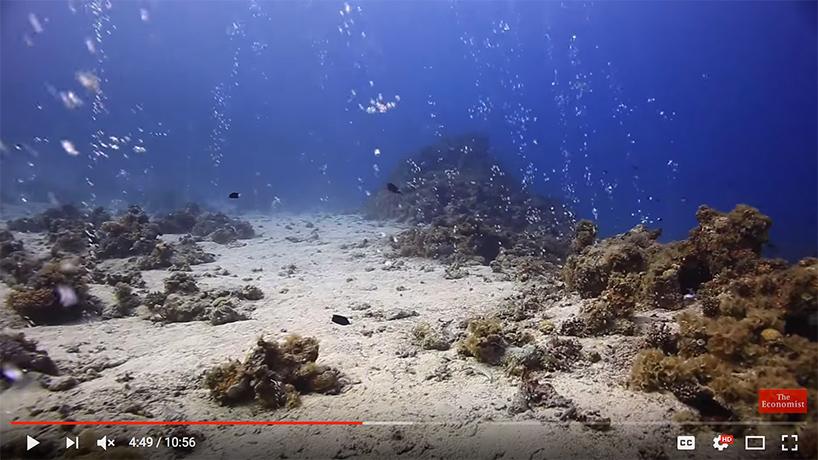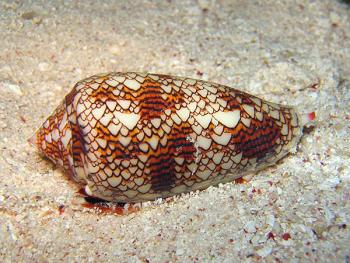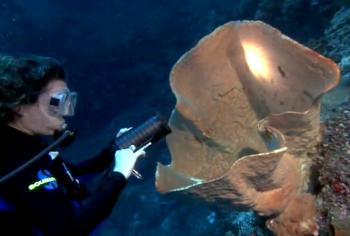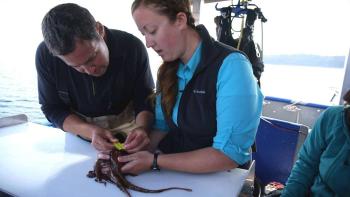| Lesson Plans | Fact Sheet | Common Core Reading |
|---|---|---|
| Cambrian Explosion Fact Sheet |
Videos





Reading
THE CAMBRIAN EXPLOSION A Big Bang in the Evolution of Animals
Excerpt from the Shape of Life book.
GENERAL INFORMATION ABOUT THE CAMBRIAN EXPLOSION
From Evolution 101: The Cambrian Explosion
From PBS Evolution: Information about the Cambrian, from 2001.
ABOUT LIFE IN THE CAMBRIAN
A new fossil site in a different Canadian park in the same Burgess shale rock formation as the one in Yolo Park has yielded new Cambrian fossils. There is a video about this newly discovered fossil bed with scientists working and it really gives you a feeling for the terrain.
An overview of the fossils from the Cambrian found in the Burgess Shale from the Royal Ontario Museum.
THE CAUSES OF THE CAMBRIAN EXPLOSION
This is a good article about the ongoing debate about the causes of the Cambrian Explosion: Unmuddying the Cambrian waters.
Why the explosion? This section of the Royal Ontario site discusses possible explanations.
And another here: What Sparked he Cambrian Explosion? From Scientific American.
From the magazine Nature. Another article about What Caused the Cambrian Explosion.
One of the first animals: Before the Cambrian Explosion
Scientist think that the ecosystem before the Cambrian was more complex that previously thought
AGES OF ROCK
FOSSIL SITES
An example of what the globe looked like during the Cambrian and the proximity of the Burgess Shale location and the Utah locations.
ANIMALS
This is a gallery of Burgess Shale fossils with links to learn about each one.
Pikaia, found in the Burgess Shale, has always been considered a chordate. This article confirms one more chordate feature: blocks of muscle tissue.
Scientists have recently found the mouth parts of Hallucugenia. The more detail scientists find in the fossils, the more we can see how they are connected to the animal phyla.
Opabinia:
Opabinia, another small Cambrian critter, grew to eight centimeters (about three inches). Learn more at Understanding Evolution.
Anomalocaris:
From Discover magazine read the article The sharp eyes of Anomalocaris, a top predator that lived half a billion years ago.
GALLERY OF CREATURES AND FOSSILS
Photo gallery of fossils of the Cambrian period and Burgess Shale Fossils and Utah's House Range's Konservat-Lagerstätten Cambrian Explosion Fossils from Fossil Museum.
BOOKS
Wonderful Life: The Burgess Shale and the Nature of History. Stephen Jay Gould.

















